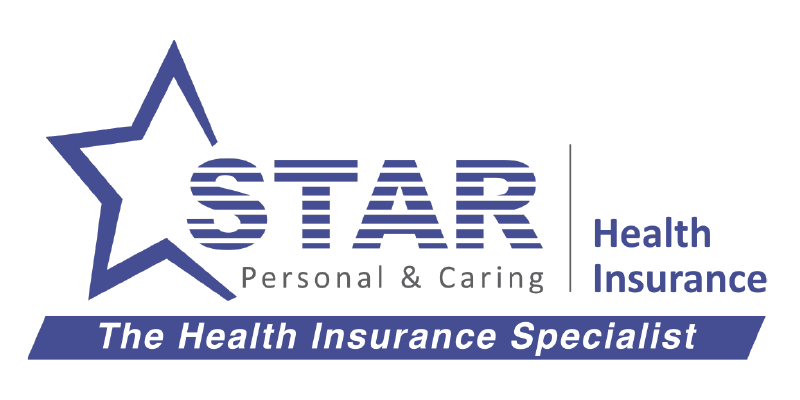Squint correction
Earlier The Better
Know more
Book An
Appointment
All Insurances Applicable Cashless Facility Available
About SQUINT
A squint, also known as strabismus, is when the eyes do not align properly. While the other eye focuses on something, one eye turns inwards (esotropia), upwards (hypertropia), downwards (hypotropia), or outwards (exotropia). This is usually due to the extraocular muscles, which control the movement of the eye and the eyelid, not cooperating. As a result, both eyes cannot focus on the same object at the same time. Squint also prevents binocular vision, making it difficult for the person to appreciate depth perception.
Early detection of squint will allow for more effective treatment. Treatment is usually recommended to correct a squint because it is unlikely to improve on its own and may cause additional problems if not treated early on. If left untreated, it can lead to amblyopia, also known as "lazy eye," in which the brain begins to ignore input from one of the eyes in order to avoid double vision.
Frequently Asked Questions
Answers to your most common questions about our hospital.
The following are the most common symptoms: Misalignment of eye Deviation of eyes Double vision
Non-Surgical Method Early detection of squint is critical for preventing irreversible vision loss later in life. Squint treatment aims to improve eye alignment and correct the resulting vision loss (amblyopia). Squinting and amblyopia can be treated with glasses, eye patches, and/or surgery. Surgical Method Surgery involves the treatment of one or more of the eye muscles in order to correct the position of the eye. The procedure is carried out in the operating room under local/general anaesthesia. This is a day care procedure, and the patient will be able to resume normal activities within a few days.
Squint correction surgery is a day care surgery with no overnight stay. The eye pad is removed the next day, and eye drops are administered several times over the next few weeks. Because it is an external surgery, there is no impact on vision. External sutures are usually absorbable and do not need to be removed. Though the eyes may be red at first, the patient can resume normal activities within a few days.
As a result, squint surgery does not improve vision but rather aligns the eye. Aligning the retina is critical for treating amblyopia (lazy eyes) in children, which helps to improve their vision. This, on the other hand, improves visual appearance in adults.






